
7 minute read
Around the World
from WIN Times April 2021
by Mishal Faraz
Do you like to travel? Do you like adventures? You have come to the correct page. This month, the place we are visiting is amazing, extraordinary, and full of rare attractions and exceptional wonders. No, we are not going to a country hosting Disneyland or Universal Studios. This trip is to…
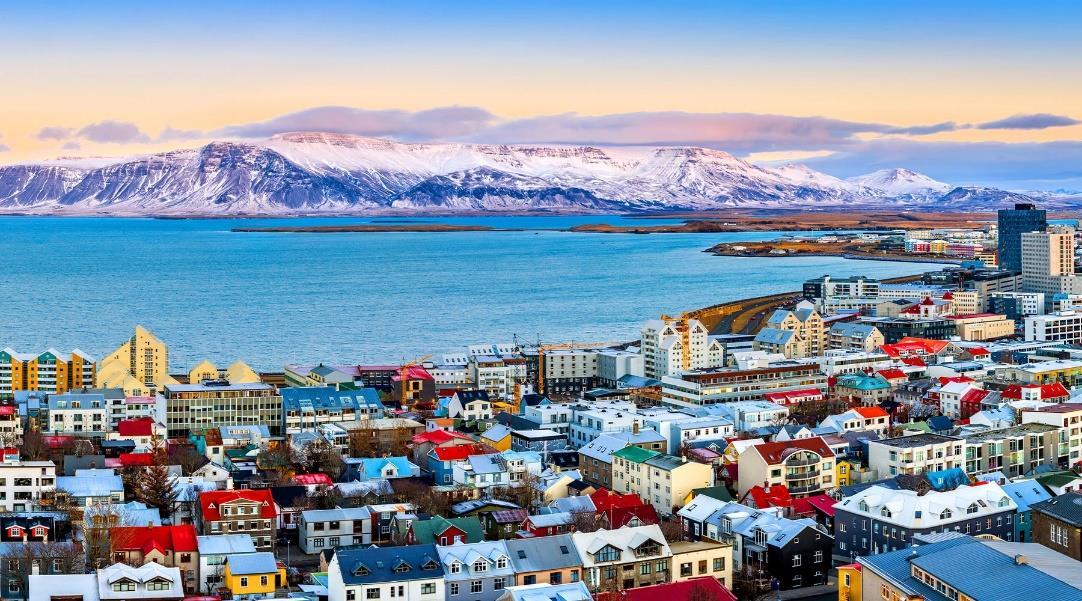
Advertisement
Iceland
Iceland is a mesmerizing country famous for its nature, beautiful scenery, and diverse and breathtaking landscapes. It is a unique country which I put on my bucket list once we can freely travel one day.
First discovered by the Vikings, the island was covered with glaciers and it was given this name, meaning ice country.
But Iceland is much more than ice and glaciers.
Iceland is a small, island country in the middle of Northern Atlantic Ocean, touching the Arctic circle, and originated from a volcano eruption a long time ago. It is situated in Northern Europe and as an island, it has no neighboring countries. The nearest neighbor is Greenland. Norway and Scotland are a bit far. Iceland is the second largest island in Europe and in size, is about the same as the state of Kentucky, USA. It may sound cold, but Iceland has a moderate climate and there are four seasons. Warm waters coming from Gulf Stream (a strong ocean current that brings warm water from the Gulf of Mexico into the Atlantic Ocean) make summers pleasant and winters cold but tolerable.
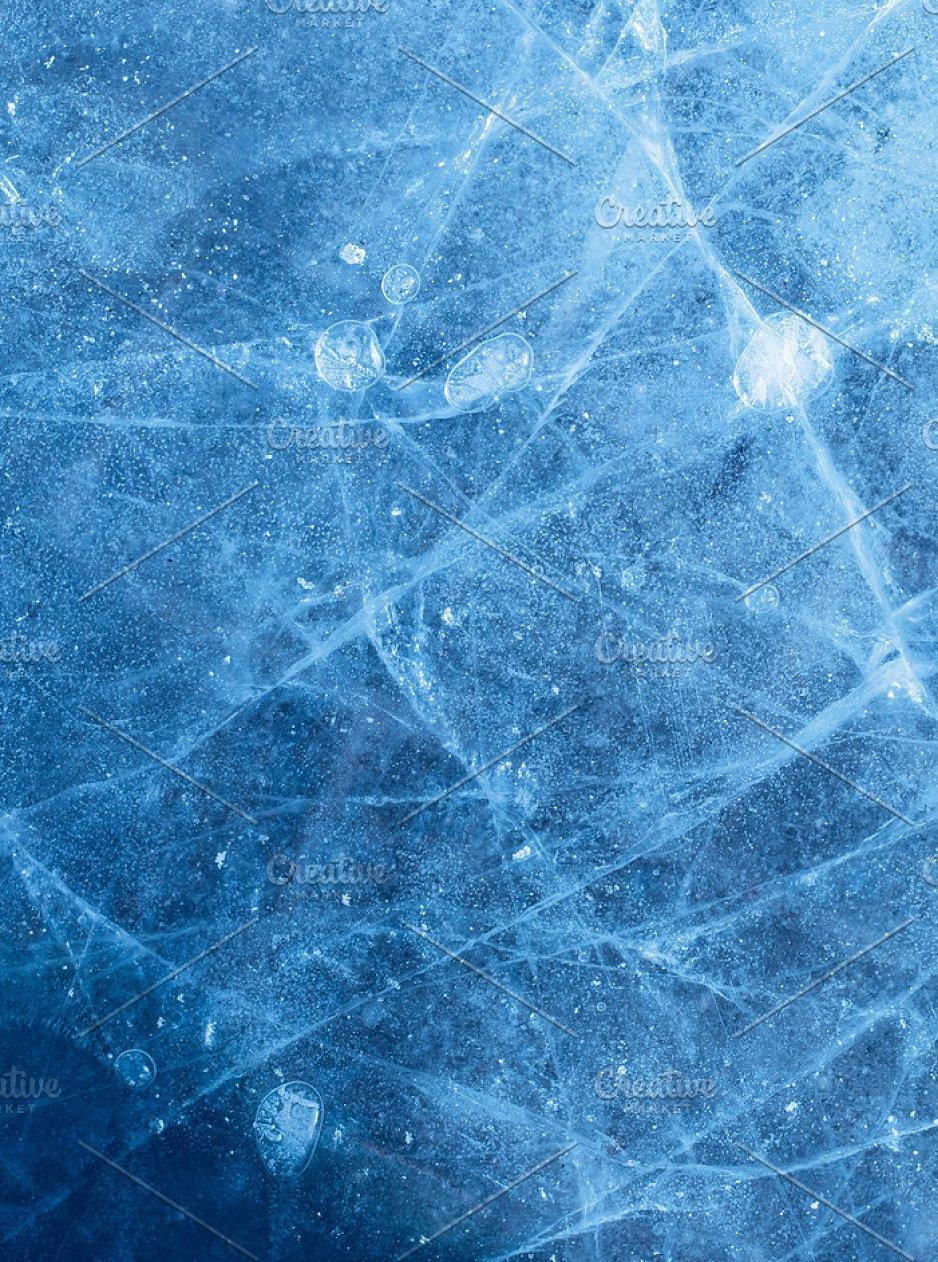
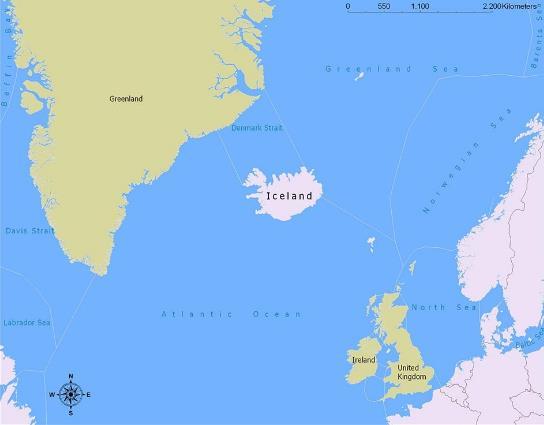
The weather in Iceland is known to change very quickly and unpredictably and to be incredibly windy. Can you imagine that Icelandic language has more than 100 words to talk about wind? But as one Icelander’s saying goes,


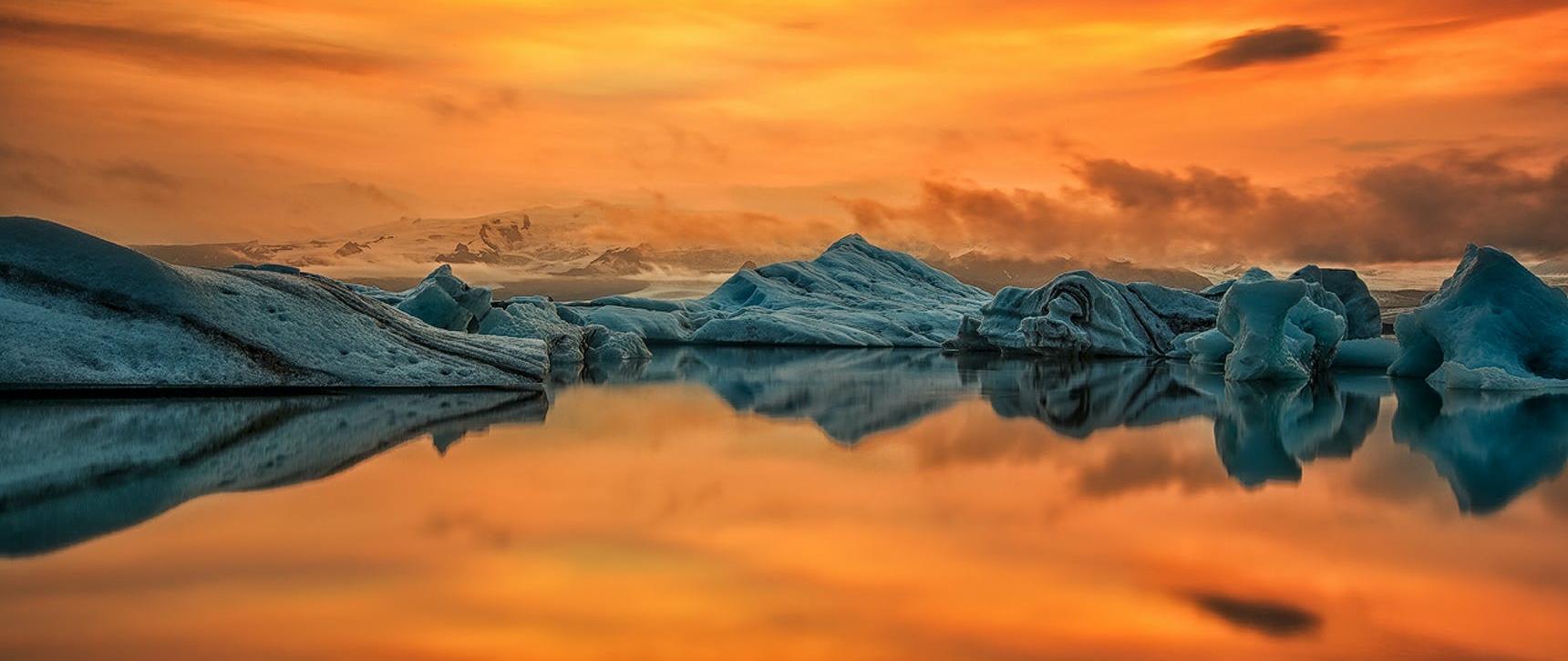
Because of its geographical position, Iceland is one of the countries where you can relish a natural phenomenon that occurs during the summer months – the midnight sun. This is the time when the sun remains visible at the local midnight. During this period, the days get so long that no dark nights are observed. Around the summer solstice (June 21st), the sun is visible for the full 24 hours in Northern Iceland. In the other parts of the country, the sun does set below the horizon, but only for a couple of hours. Can you imagine summer vacation without dark nights, allowing you to play outside in the middle of the night? During the winter solstice (December 21), the days are extremely short - the sun rises just for no more than 4 hours.
Reykjavik is the capital of Iceland and it is home to over 60% of the population of the country. It is known that Reykjavik is the northernmost capital city in the world.
Translated, the name Reykjavik means Smoky bay and it is believed to be the first settlement in Iceland. The capital city is a popular tourist destination, and it has the reputation for being one of the greenest, cleanest, and safest cities in the world. Reykjavik meets nearly all of its electricity and heating needs from renewable resources which makes the country one of the greenest countries in the world. Moreover, the country take its environment very seriously and invests in its sustainability. Along with its renewable energy programs, the country plays a major role in the fight against the ocean pollution.
Iceland has had many flags over its history – being part of Norway and then ruled by Denmark and Sweden for more than 500 years and after all that, became an independent republic in 1944.
The flag in use today symbolizes the three of the elements of the island: Red symbolizing the lava and volcanic fires; White for the snow and Blue for the surrounding Atlantic Ocean.
The official language of Iceland is Icelandic – a North Germanic language originated from Old Norse. Icelandic language is similar to the old Norwegian which was spoken over 1000 years ago and has barely changed since then.
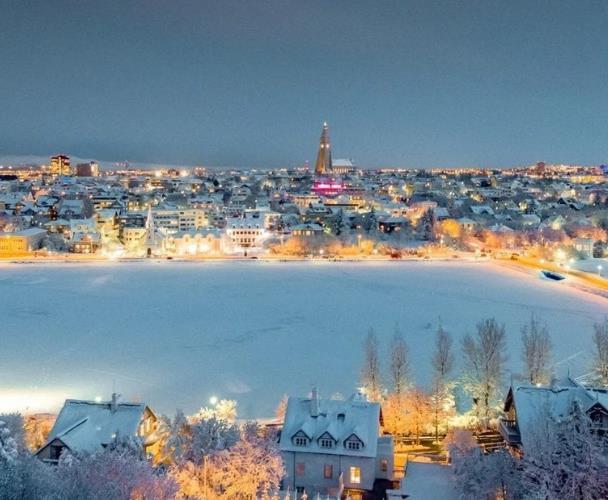
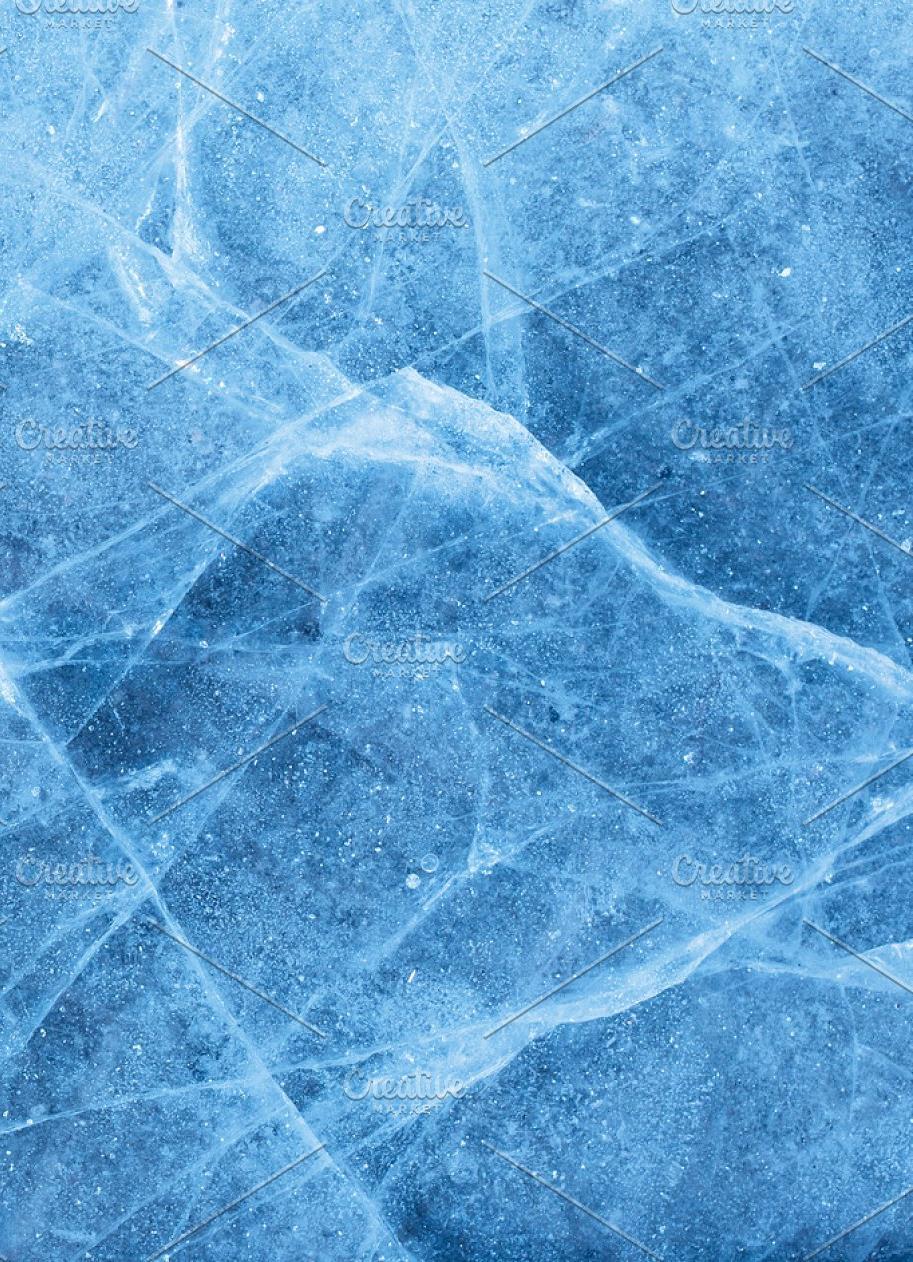
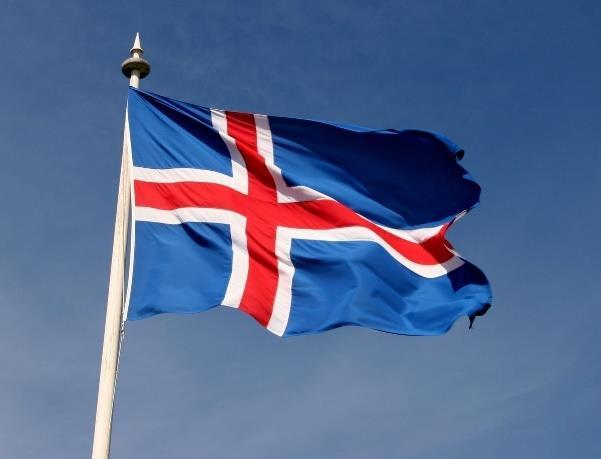
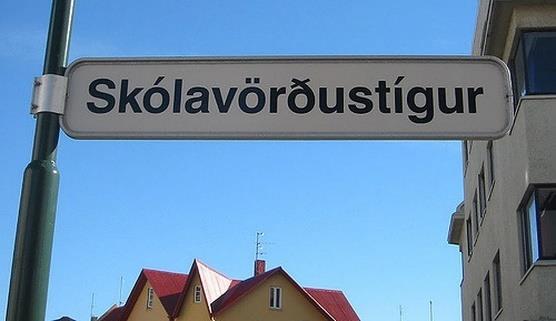
Can you try to read the word from this picture? It is difficult, right? The Icelandic language is difficult to understand and the sound of it is quite strange for nonnative speakers. However, the country is proud with its language because it is quite unique, and it is a source of national pride. Even though, most people speak English as a second language, there are also many people speaking Danish or Norwegian.
Although Iceland is a country owning its name to the immense quantities of ice found on it, in the form of glaciers that cover over 11% of the country’s surface. This is also a place where you can witness volcanoes, geysers, waterfalls, valleys, and black sand beaches, widely known as a “Land of Fire and Ice”, Icelandic contrasting nature makes the country diverse, beautiful, and appealing.
This is a country with scenic nature and terrain that has been untouched by humans for thousands of years. Did you know, that before the Apollo mission to the Moon, more than 50 years ago, Neil Armstrong- the first person to walk on the moon and 30 other astronauts underwent field training in Iceland? They visited Iceland because it is one of the most Moon-like terrains on Earth, making it an ideal training place before their expedition to the moon.
The geological location of Iceland gives it a wonderful landscape of hot springs, geysers, earthquakes and occasional volcano eruptions. The most recent eruption was end of March this year of the Fagradalsfjall volcano, which woke up after 800 years.
Iceland is a volcanic island and is home to around 130 volcanoes. Most of them are inactive like the Thrihnucagigur volcano or translated in English “Three Peaks Crater”. This geological phenomenon has not erupted for over 4000 years which makes it perfectly safe to enter. Yes, you can actually go inside the magma chamber – the heart of this unique volcano, 213 meters deep to enjoy the beauty of the coloration and various forms found inside.

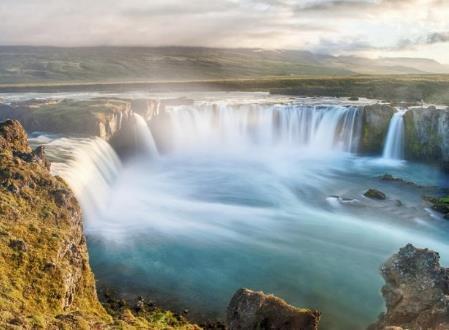
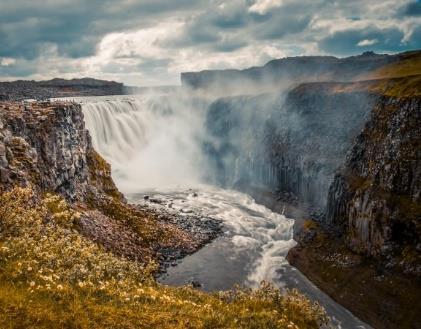
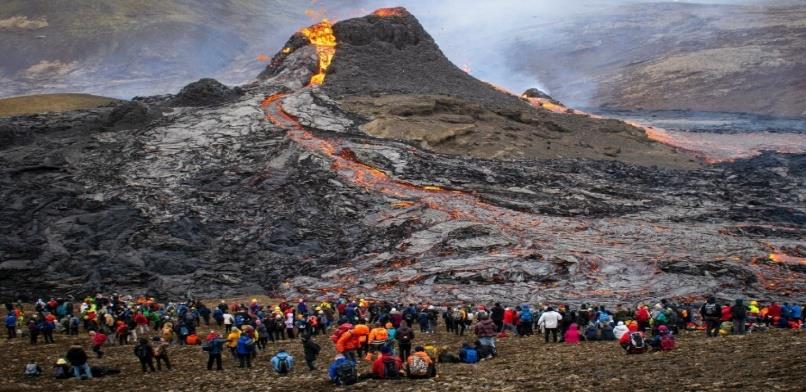
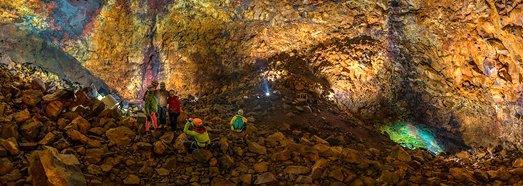
Iceland is known for its geysers and waterfalls too –another spectacular feature of this remarkable country.
Godafoss is one of the most spectacular waterfalls in Iceland along with the most powerful one, Dettifoss, being 45 meters high.
Have you heard about the Northern Lights or Aurora Borealis? It is a dream for many people to watch them. And again, Iceland is one of the perfect places to make this dream come true and to observe this natural phenomenon, when tiny particles stream out from the Sun and hit the Earth’s atmosphere.
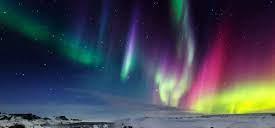
Distinctive looking, the Icelandic Horses arrived in Iceland with the Vikings and they stayed ever since. Isolated on the little island for a thousand years without any involvement of other breeds from outside, perfectly suited for the harsh Icelandic climate, the horses are part of Iceland’s national identity.
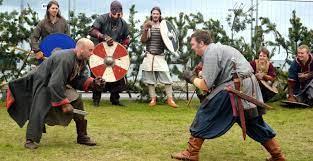
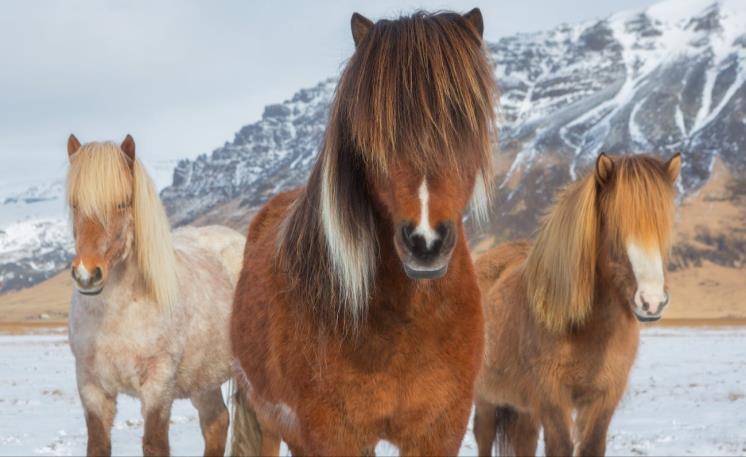
Icelandic customs and traditions are as rich and diverse as its landscape. Along with the traditional holidays, Icelanders celebrate several unique holidays related to ancient Viking traditions. The annual Viking festival is one of them, and it is an event of keeping the history of the Viking Age alive. During the festival people wearing Viking style clothes, fight each other in combat in a friendly manner and demonstrate Viking style fighting arts like axe throwing and archery.



“As my journey progressed across Iceland, words began to fail me so that all I could do was circle a fjord and write “Wow.’’


Andrew Evans












